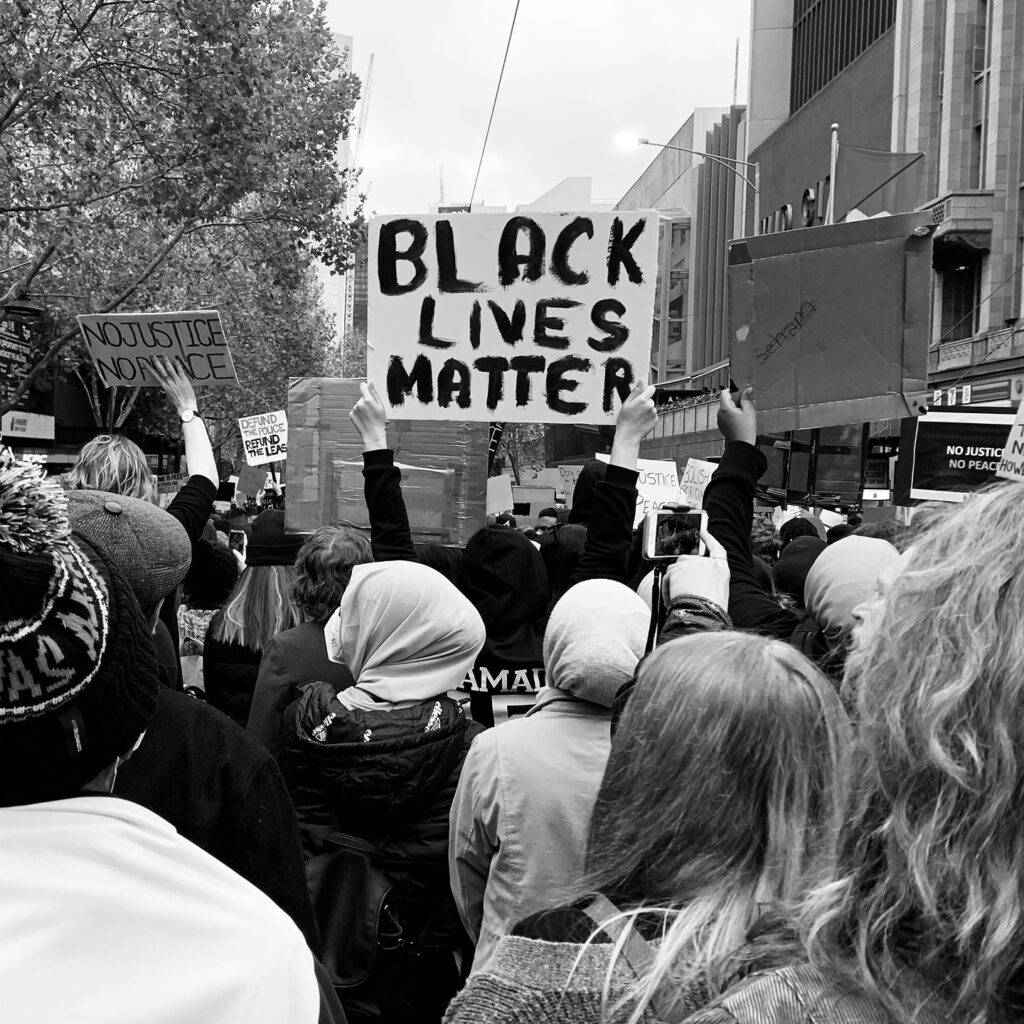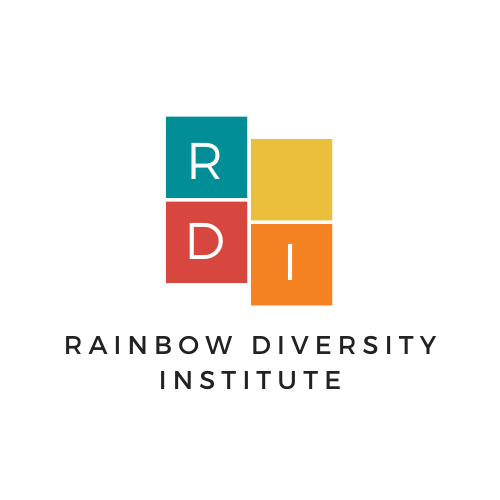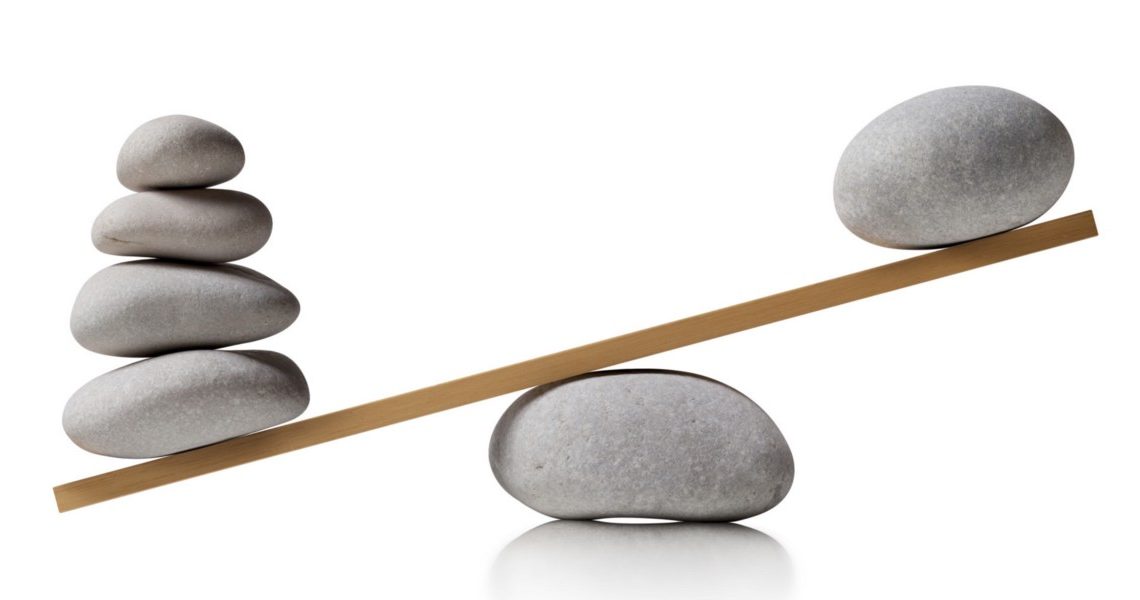Author: Ruth Neustifter (they/them), PhD
Power is a complicated concept when it comes to EDI and social justice.
Still, we can make important improvements in our organizations and workplaces by recognizing one basic concept: Power requires both higher influence and lower consequences. Once we understand how this equation works, we can make life-changing shifts in our policies and practices to help our organizations be more successful and our members more satisfied.
It can be easy for people who are watching groups push for change and rights to misunderstand how power works. Video of angry groups stopping traffic, sitting in government buildings to disrupt business, and other examples can be hard to watch. What about ambulances that need to get through, people who rely on government services to process their benefits on time, and others who are negatively impacted by these protests?
In our community groups and jobs, we may see groups angrily demanding accessibility, support, or protections that nobody seemed to need before. Other times, we wonder why we can’t seem to keep more diverse hires and wonder if it’s even worth it to put so much effort into recruiting and training hires from underrepresented groups. All of these are examples of what can happen when power is misunderstood.
On the surface, power looks like the ability to make things happen, to stop traffic, impact government, demand things, or simply disappear without giving notice. However, those are examples of a part of the definition of power: higher influence.
Influence is the ability to exert control or create change for ourselves, others, and our surroundings.
However, more influence alone isn’t enough to make someone powerful. Power also requires reduced consequences. Reduced consequences mean that there is less risk and cost that comes with that influence. Consequences can include a loss of much-needed income, fewer useful professional connections, facing legal repercussions, being physically attacked, reputation damage, being ignored or mocked, being denied rights and opportunities, and much more. Therefore, in order to have power, we not only need to be able to exert influence, but we also need to be sure that the consequences and risks are relatively low.

In social justice efforts, it becomes clear that the people making the news are often those who actually have the least power.
Black Lives Matter protestors and others risk significant legal, physical, and other damage in order to make traffic come to a stop so that their message may finally be heard. Employees from underrepresented groups who suddenly leave us short-handed at work may be silently letting us know that they have not been supported on the job. This message is costing them income, accumulated job experience, and a positive reference. Meanwhile, those who are in power but have been inconvenienced or damaged are often left resentful and confused, which may not feel like the power position that it is.
How do we handle these situations so that there is a less toxic power imbalance and more ability to collaborate on changes that benefit everyone?
First, it requires recognizing that it is usually uncomfortable (at best) to recognize when we have more power and have not been using it to ensure that others also have access to influencing their own situations for the best. When we are used to having power, any reduction in it can quickly feel like oppression instead of movement toward equality. After all, none of us have an easy life. Having more power usually doesn’t make our problems go away and can come with a lot of responsibility. However, our risks are less when we want to create change. We are more likely to be listened to and less likely to experience the kinds of drastic risks and consequences that happen when those with less power speak up or take action.
Secondly, we must recognize that effective management and organizing is always seeking progressive, creative, and effective ways to even the playing field. Those with less power would almost always prefer to also assume less risk. They make the decision to take those risks and face those consequences when the status quo has become so bad that there is little choice if they want to survive, much less thrive. When people in our workplaces and organizations approach us in these risky ways, demanding change, it can feel like a surprise. However, these same groups have likely either been firmly silenced from the start or have been trying to create positive change in gentler ways only to be silenced again.
It’s important to listen with humility, accountability, and a dedication to doing right by those who depend on us to make equitable decisions for all. This can be a big task and a new set of skills for many people. Groups like RDI are here to help navigate, educate, consult, and more to help you co-create positive outcomes that are long-lasting, grow with your needs, and serve all levels of your organization.
Recognizing the nature of power and its two components, influence and consequences, is a necessary step in better management and organizing. Essential changes in how organizations are typically managed, especially around power, can lead to important improvements for members at all levels.
We’re here to help support you in making shifts to ensure the longevity of your organization, beginning with members that can collaborate more with the administration while risking less harm to themselves and you.

